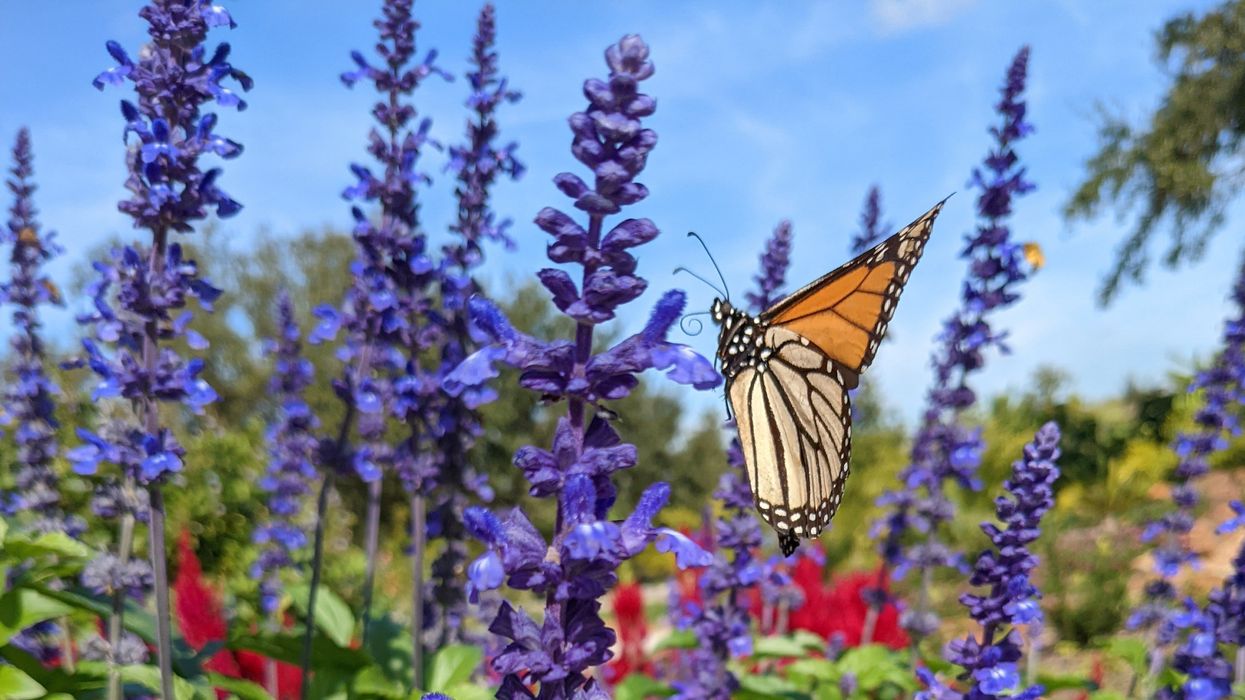Journey of Monarch Butterflies to be Tracked at Unique Houston Botanic Gardens Event

SURE IT'S A bit chilly, but have you noticed the butterflies are back? On Saturday, March 18, beginning at 10am, Houston Botanic Garden celebrates the iconic and endangered monarch butterfly with March for Monarchs, an interactive family-friendly “march” through the Garden that mirrors the over 3,000-mile spring-to-summer migration of monarch butterflies from Mexico to the northern U.S.
For Houston Botanic Garden Education Manager Erin Mills, monarchs are a “gateway bug,” as they are typically the first butterfly species people are able to recognize. “The monarchs’ lengthy migration spans multiple generations and encompasses most of the continent,” says Mills. “There really isn’t anything else like it in the world.”
Beginning at Woodland Glade, the Garden’s outdoor event space, participants will learn about the symbolic meaning of butterflies in Mexico and saddle up with supplies for the hike, including a proboscis (straw) for sipping complimentary nectar (punch or tea). The first stop is the Culinary Garden which features an “egg station” with information about how monarchs, upon their arrival in Texas, lay eggs and then die, leaving the following leg of their migration to the next generation.
Next up is an oak grove overlooking Sims Bayou, where participants will learn about “citizen science projects” created to help monarchs. From there, the group will cross the Garden’s Bayou Bridge, and traverse an obstacle course designed to evoke the challenges and threats monarchs encounter during their migration. Finally, at the Susan Garver Family Discovery Garden, hungry humans will celebrate the end of their arduous journey with sweet treats, drinks, music, a community mural, crafts, and games.
Even cooler, participants will receive a native milkweed plant from Mustard Seed Farms to take home and use to start a pollinator garden. “With migratory monarchs recently classified as endangered, and their decline an indication of trouble facing other pollinators, there has never been a better time to plant native milkweed,” says Mills.

















